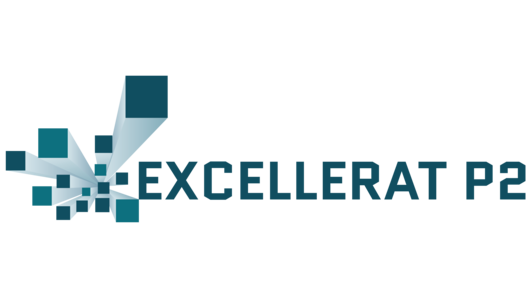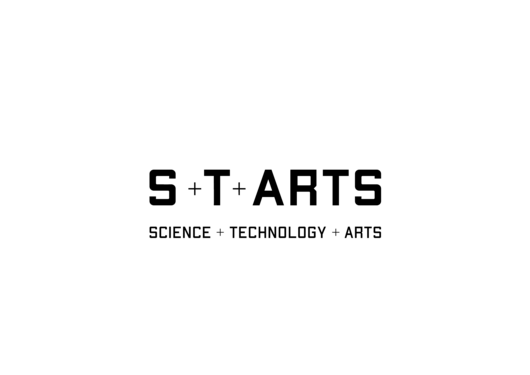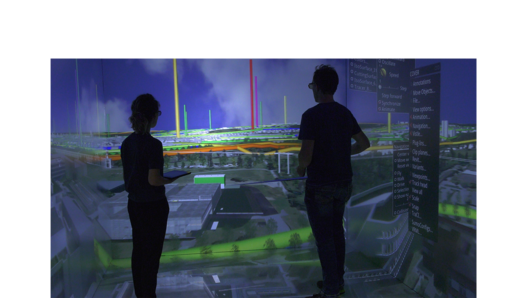High-Performance Computing Center Stuttgart
The Visualization Department supports engineers and scientists in the visual analysis of data produced by simulations on high-performance computers. By providing technologies capable of immersing users in visual representations of their data, the department enables users to interact directly with it, reducing analysis time and enabling new kinds of insights. The department has expertise in tools such as virtual reality, augmented reality, and has designed a method for integrating processing steps spread across multiple hardware platforms into a seamless distributed software environment. Learn more about visualization at HLRS.





